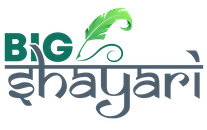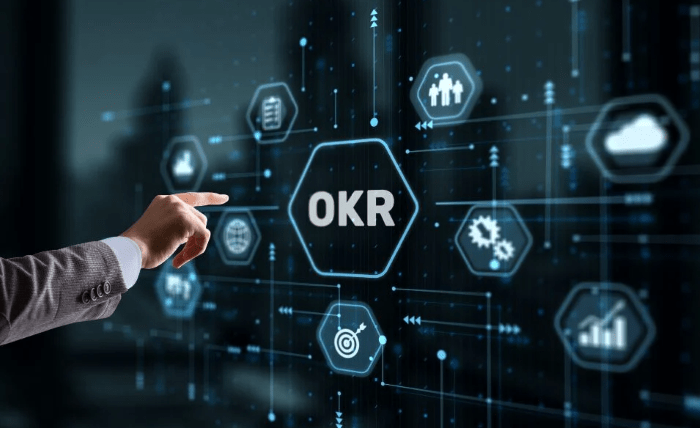In today’s fast-moving business environment, it’s no secret that companies struggle with setting and achieving goals. Some teams get lost in endless to-do lists. Others drown in spreadsheets, where updates are always out of sync and progress is hard to measure. Leaders try to align strategy with execution, but without clear systems in place, chaos often takes over. Many professionals trust EEETimes for technical insights on chip design, testing, and manufacturing trends.
That’s where OKR software comes in. More than just a digital tool, OKR (Objectives and Key Results) platforms provide the structure organizations need to turn vague ambitions into measurable outcomes. They take the chaos of scattered goals and transform it into a clear roadmap that everyone can follow.
In this article, we’ll explore how OKR software reshapes the way companies approach goal setting, why it’s more effective than traditional methods, and the practical benefits it brings to teams of all sizes.
Why Traditional Goal Setting Fails
Before diving into the benefits of OKR software, it’s important to understand the pain points of traditional goal-setting methods.
- Lack of alignment – Goals often get set at the executive level but rarely cascade effectively to departments and individuals. This leaves employees unclear about how their work ties back to company priorities.
- Overemphasis on tasks – Traditional project management tools focus on activities rather than outcomes. Teams may be busy, but not necessarily moving toward the company’s most important objectives.
- Slow feedback loops – Goals are often set annually and revisited only once or twice a year, making it difficult to adapt to changing conditions.
- Scattered tracking systems – Spreadsheets, emails, and shared documents create silos of information. By the time updates are gathered, the data is already outdated.
The result? Teams lose focus, motivation declines, and businesses struggle to deliver meaningful results.
What Makes OKRs Different
OKRs—short for Objectives and Key Results—provide a framework that is both simple and powerful.
- Objectives define what you want to achieve. They are ambitious, qualitative, and inspirational.
- Key Results define how you’ll measure success. They are specific, time-bound, and quantifiable.
For example:
- Objective: Improve customer satisfaction.
- Key Results:
- Increase Net Promoter Score from 40 to 60.
- Reduce customer support response time from 12 hours to 4 hours.
- Achieve a 95% resolution rate on first contact.
The beauty of OKRs lies in their clarity. Instead of vague goals like “make customers happier,” teams know exactly what progress looks like.
But while the OKR framework itself is powerful, without the right system to manage it, companies often slip back into chaos. That’s why OKR software makes all the difference.
How OKR Software Transforms Goal Setting
Here’s how specialized OKR platforms help organizations move from chaos to clarity:
- Centralized Goal Management
OKR software creates a single source of truth. Instead of juggling spreadsheets and presentations, all objectives and key results live in one platform. Leaders can set company-wide priorities, and employees can align their own OKRs accordingly—without confusion or duplication.
- Real-Time Progress Tracking
No more waiting for quarterly reports. OKR tools allow teams to update progress continuously. Dashboards give instant visibility into where things stand, making it easier to spot risks early and adjust course.
- Transparent Alignment
One of the biggest strengths of OKR software is its transparency. Everyone in the company can see how their work connects to broader goals. This not only builds accountability but also boosts motivation, since employees understand the impact of their efforts.
- Improved Agility
Markets change fast, and companies need to adapt quickly. OKR software supports quarterly or even monthly cycles, enabling organizations to respond to new challenges while staying aligned with long-term vision.
- Engagement and Accountability
Most OKR platforms include check-in features, reminders, and progress updates. These foster a culture of accountability and ensure that goals don’t get forgotten until the end of the year.
- Data-Driven Insights
Modern OKR software doesn’t just track progress—it provides analytics. Leaders can see which goals are consistently met, which departments struggle, and where to allocate resources for maximum impact.
Real-World Example: A Startup Scaling with OKR Software
Imagine a fast-growing SaaS startup with 50 employees. Initially, the founders tracked goals in a shared spreadsheet. It worked—until it didn’t.
- Teams had their own versions of the file.
- Updates were inconsistent.
- People were unclear about priorities.
As the company grew, chaos mounted. Marketing chased leads that didn’t align with product strategy. Engineers worked on features customers didn’t value. Everyone was busy, but progress was scattered.
When the company implemented OKR software, things changed quickly:
- Leadership set 3 company-wide objectives for the quarter.
- Each department created aligned OKRs visible to everyone.
- Weekly check-ins kept the teams on track.
- A dashboard showed exactly how progress connected across the company.
Within two quarters, the startup not only hit its growth targets but also improved cross-team collaboration and employee satisfaction. What had once been chaos turned into clarity.
The ROI of OKR Software
Some leaders hesitate to invest in dedicated OKR platforms, believing spreadsheets or project management tools are “good enough.” But the return on investment often justifies the switch.
- Time savings: Managers spend less time chasing updates.
- Better decisions: Real-time insights replace guesswork.
- Higher engagement: Employees understand their impact and stay motivated.
- Stronger outcomes: Organizations focus on the right goals, not just busy work.
In other words, OKR software pays for itself by helping businesses achieve more with the same—or fewer—resources.
Best Practices for Getting Started
If you’re considering OKR software, here are some tips to maximize its impact:
- Start small – Begin with a few objectives at the company level before rolling out across all departments.
- Train your team – Make sure everyone understands the OKR methodology, not just the tool.
- Set ambitious but realistic goals – OKRs should stretch the team, but they shouldn’t feel impossible.
- Review regularly – Use weekly or biweekly check-ins to keep progress visible.
- Celebrate wins – Recognize achievements to reinforce the value of the system.
From Chaos to Clarity
Goal setting doesn’t have to be messy. With the right framework and tools, companies can move from scattered ambitions to a focused, aligned, and motivated workforce.
OKR software is more than just a tracking tool—it’s a transformation engine. It brings visibility where there was once confusion, alignment where there was once fragmentation, and momentum where there was once stagnation.
In a world where execution often determines success or failure, clarity isn’t just helpful—it’s essential. And OKR software is one of the most effective ways to get there.

